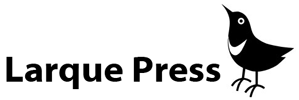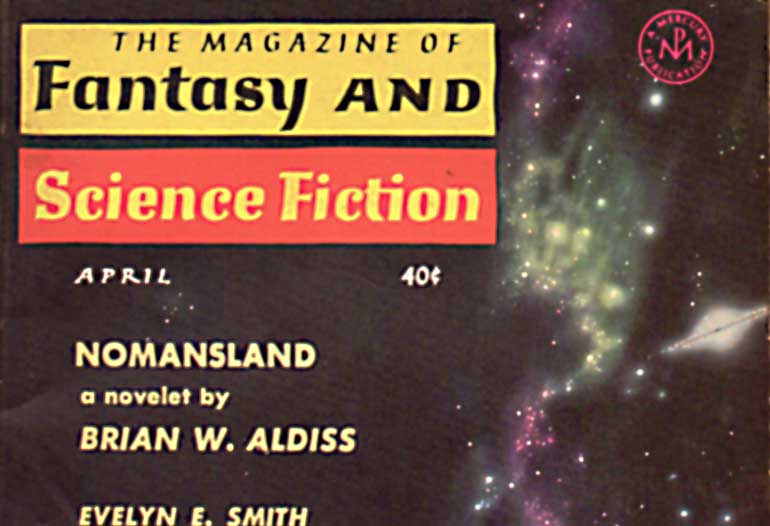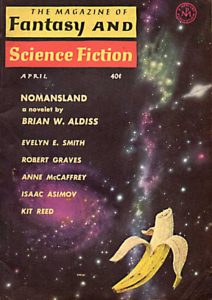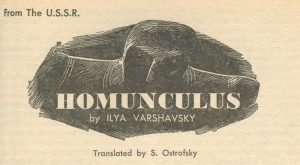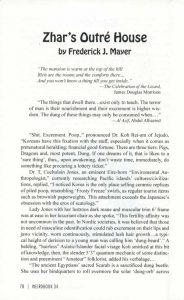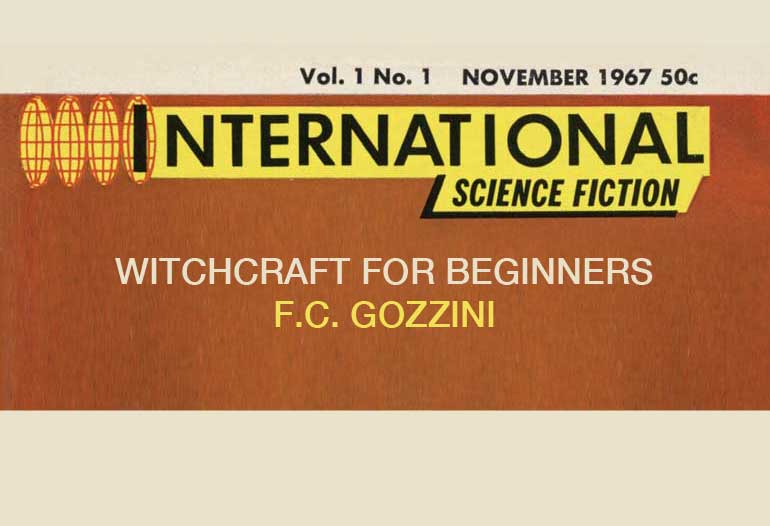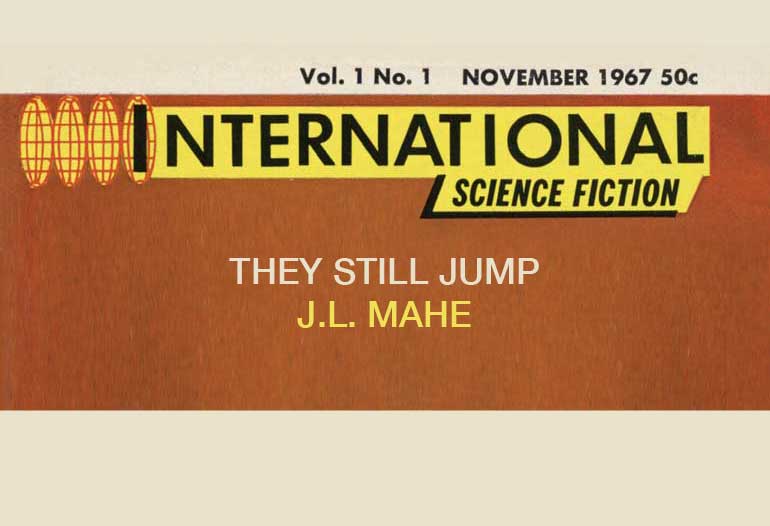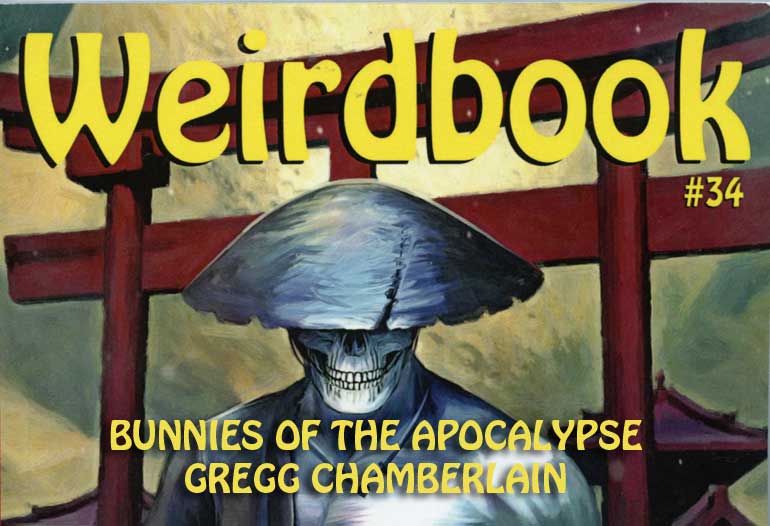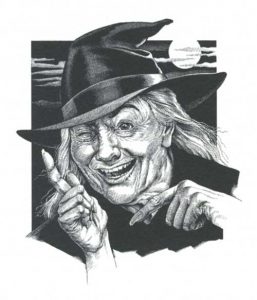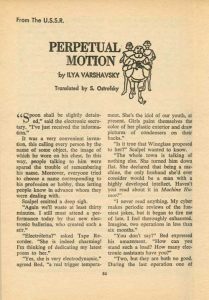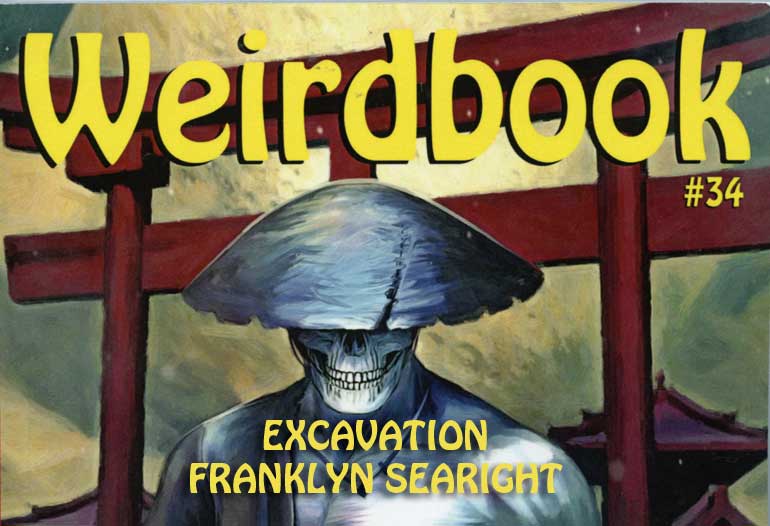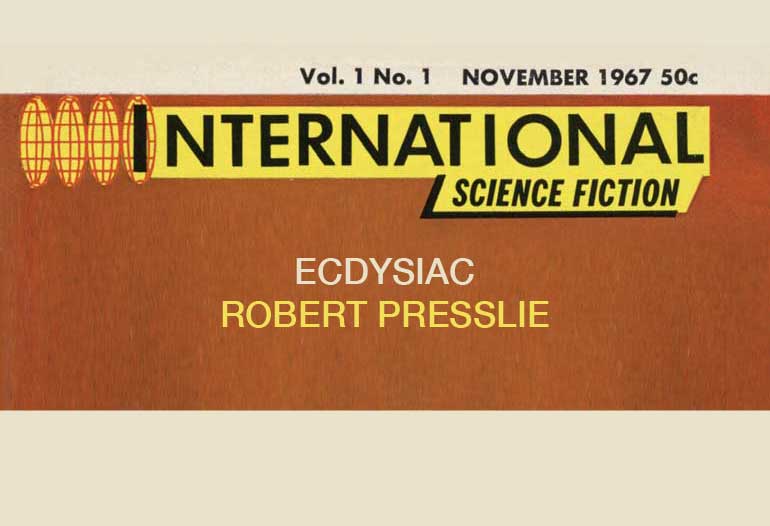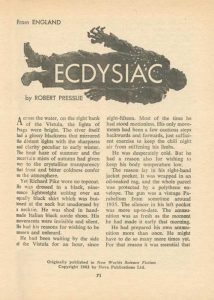 From International Science Fiction No. 1 (Nov. 1967):
From International Science Fiction No. 1 (Nov. 1967):
“Ecdysiac” by Robert Presslie, was originally published in England’s New Worlds Science Fiction (January 1963). Ecdysis is the shedding of an outer coating or a layer of skin like a snake or a crustacean; so the story title gives you the science angle of this one right off if you’re curious enough to look it up. Otherwise, much of what happens is more like a tale of espionage.
Richard Pike is a journalist with the unique ability to spot alien beings that have inhabited the bodies of humans. Then he kills them—or at least tries to. The story opens with his fourth unsuccessful attempt on his current target.
The tale is set in Warsaw and Presslie provides luscious local color as he expertly weaves his mystery through the city’s streets west of the Vistula River.
“You would think,” he said, “that the Russians would change the name of their cars. The M in Zim and the S in Zis stand for Molotov and Stalin, both of whom are now out of favor. You would think they would change the name of the factories and call the cars Ziks.” (Khruschchev)
To calm his nerves after his foiled hit, Pike seeks release through drink and a woman. But he lets down his guard and finds himself escorted by authorities for questioning the following morning. His one-man mission is now in jeopardy until Presslie applies a few satisfying twists to cap off an already terrific story.
Robert Presslie (1920–2002) wrote science fiction most actively from the late 1950s through the early 1960s, while earning a living managing a pharmacy. With over three dozen short stories to his credit, his work appeared in New Worlds, Authentic, Nebula and Science Fantasy.
In a profile piece from New Worlds, he says, “If I was given the choice of an era to live in, I would choose the one I have because—like everyone who is in science fiction—I am a dreamer, and dreamers never had it so good. This must be the only age in which dreams come true while you wait.”
 From Weirdbook No. 34:
From Weirdbook No. 34: